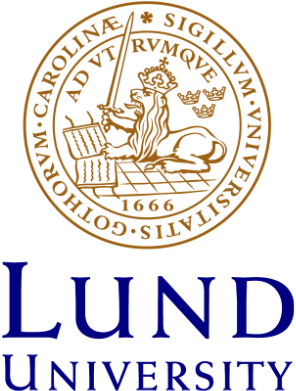In November 1873, the Swedish parliament decided to open the country's universities to women for the first time. 150 years later, more than half of all university students are women, and when Lund University received its first Nobel Prize, it went to a woman – Professor of Atomic Physics Anne L’Huillier. But what is the reality for women in the male-dominated field of physics?
Maria Gedoz Tieppo, our doctoral student at the Department of Education, investigates this in her thesis on belonging in physics education from an intersectional perspective. The aim is to shed light on how the physics culture is intertwined with systemic forms of discrimination and oppression, affecting not only gender but also other social factors.
"For decades, researchers have pointed out how science and the education system are not just places where social inequalities occur, but also where they are created, sustained, and reinforced. If we want a more equitable society, we must first change the way inequality is rooted in our knowledge production. Physics is a clear example of this, as it has historically been portrayed as the most difficult and "objective" of all sciences. I am deeply honored to have had the opportunity to speak as Lund University commemorates International Women's Day. It is such an important day, and all the lectures were highly relevant. I was looking forward to hearing each one of them," says Maria Gedoz Tieppo.
